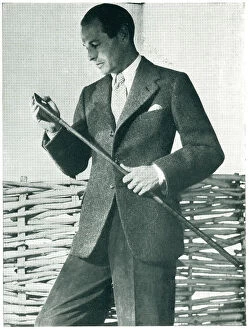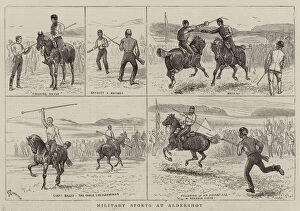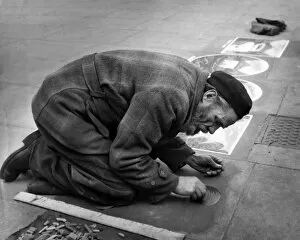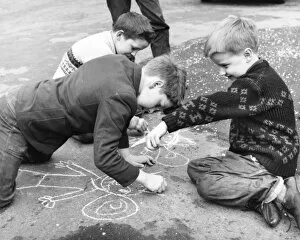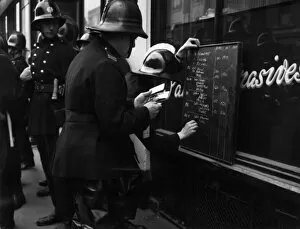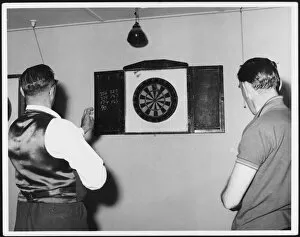Chalking Collection
"Chalking: From Suffragettes to Street Art, a Historical Journey" In the late 19th century, chalking became more than just a child's pastime
All Professionally Made to Order for Quick Shipping
"Chalking: From Suffragettes to Street Art, a Historical Journey" In the late 19th century, chalking became more than just a child's pastime. It transformed into a powerful tool for various purposes, leaving its mark on history. One such instance was when suffragettes took to the streets, chalking pavements with their demands during the Deputation of 1908. These brave women used chalk as their voice, spreading awareness and fighting for equality. Meanwhile, in bustling London of 1874, a pavement artist captivated passersby with his mesmerizing drawings created solely with chalk. Surrounded by an intrigued crowd near the National Portrait Gallery, this talented individual showcased how art could transcend traditional mediums. Fast forward to Balham in southwest London; young boys found joy in expressing themselves through chalk drawings on pavements. Their innocent creativity brought life and color to otherwise mundane sidewalks – proof that imagination knows no bounds. Even firefighters had encounters with chalk during emergencies like the fire at Goswell Road in London EC1. Amidst chaos and danger, these heroes marked important areas using chalk symbols as vital communication tools. Not limited to social causes or artistic expression alone, military sports at Aldershot saw soldiers engaging in snooker games during their downtime. The sound of cue hitting ball echoed through barracks as they enjoyed moments of relaxation amidst duty-bound lives. Across borders and time zones lies Balk in 1890 where an artist named Rejchan utilized chalk to create stunning works of street art. This unique form of expression allowed him to connect with people from different walks of life while adding vibrancy and beauty to his surroundings. The Harland & Wolff Collection preserved another intriguing aspect related to chalking - it documented workers' markings on shipbuilding materials using white lines made by pieces of chalk. These simple yet essential marks ensured precision and accuracy throughout construction processes.


